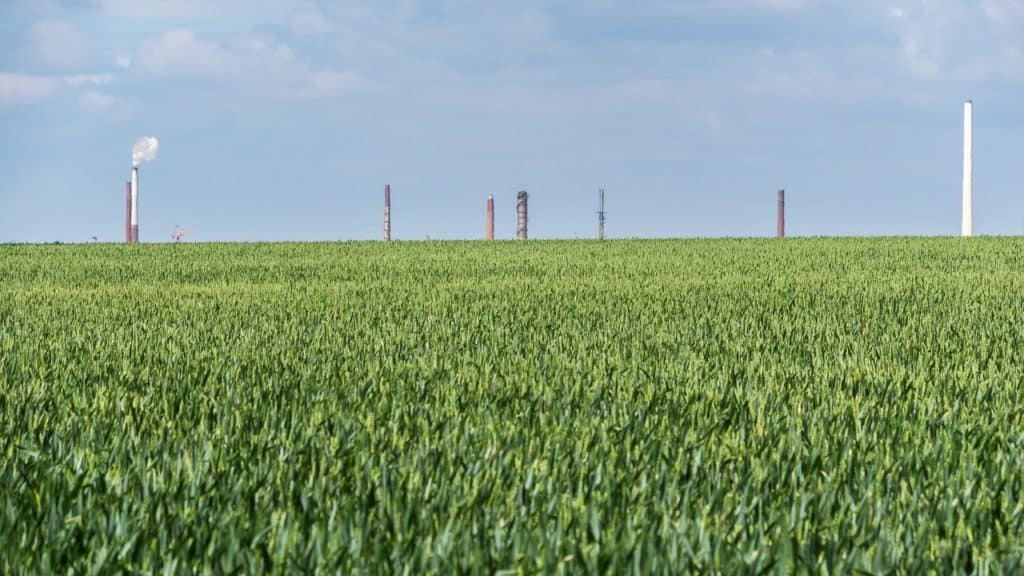As the number of coronavirus infections surged, governments, one after the other, put restrictive public health measures to beat off the pandemic. The most substantial measure taken was ‘the stay at home order’ which resulted in falling of pollution and greenhouse gas emissions across the continents. So, how did the lockdown affect the environment? While clearer skies, water bodies, and the air quality depict the effects of lockdown on the environment, there is still more to dig in to get a better picture of the scenario.
Figures and Facts
The move for containing the virus spread led to some unexpected consequences. The air quality in major cities across the world improved dramatically during March and April. As economic activities came to a halt, factory and road traffic emissions of carbon dioxide (CO2), nitrogen oxides (NOx) and related ozone (O3) formation, and particulate matter (PM) dropped significantly. Data from the Sentinel-5P satellite reveals that nitrogen dioxide levels have dipped in Europe since the pandemic. Besides, people are reporting seeing the Himalayas for the first time from their homes.
While the pandemic has been devastating for thousands of migrant workers in India, Delhi witnessed a reduction of over 70% in PM2.5 and nitrogen dioxide levels. The US witnessed a 33%, 22%, and 19% drop in PM2.5 concentrations in New York, Los Angeles, and Seattle respectively during March-April. Also, ground station metrics from China, Italy, and South Korea reported a downward trend in overall PM2.5 in places where the shutdown was put in place.
Pollution and COVID-19
A new Harvard study reveals that air pollution can worsen the impact of COVID19. The SARS outbreak (closest relative of the coronavirus) study in 2003 showed that the death rates in China’s most polluted areas were twice the death rates in the least polluted ones. Also, scientists opine that the virus may bond with pollution particles, enabling them to remain longer in the air. Research at the University of British Columbia found that cleaner air can help flatten the curve of the pandemic. Consequently, it would ease the burden on the health care systems of the countries. Besides, short-term changes in air quality will have an immediate impact on emergency room visits.
Negatives on the Environment
Apart from unemployment and other social and economic impacts, the pandemic has proved a double-edged sword for the environment. It has given rise to the volume of unrecyclable waste, massive cuts in agriculture, and fishery export levels, resulting in unshipped organic waste. As a result, levels of methane (CH4) emissions have increased. Municipalities have suspended recycling activities over the fear of the virus. Moreover, food retailers have returned to using plastic bags over reusable paper bags due to health concerns. In all, the monitoring of natural ecosystems has been temporarily halted.
Will this Change Last?
There is no doubt that the effect of the shutdown will be short-lived. The emissions will return to normal once people to their normal lives. As the crisis resolves, the economic activities will resume, and the emission levels will rise once again to the average level or maybe higher. History tells us that the emission reduction after recession rebounds to wipe out all the gains.
The industries may seek to make up for the lost time with higher production once the pandemic abates. This is already happening in China. The pollution levels have returned to the pre-pandemic stage even though all industries have not resumed fully yet. That said, governments are likely to face a shortage of resources to invest in wind and solar power projects, increasing the use of fossil fuels.
Takeaway
According to WHO, dirty air, both indoors and out, cuts short seven million lives annually worldwide. The calculations done by Marshall Burke, an Earth system scientist at Stanford University revealed that the drop in air pollution in China saved around 53,000 lives. The figure is more than the Coronavirus toll.
The temporary experience of cleaner air as a result of a widespread shutdown seems the kind of environment we would like to have in the future. Though halt in normal life is not a good way to reduce pollution, this dark time could turn into a catalyst for a better quality of life in the future. This does not minimize the horror of the pandemic in any way. However, the lives lost in the absence of the pandemic are also important. The clear skies have shown us how fast we can bring down air pollution. However, this calls for much clearer sources of energy.
In all, economic problems often force the government to loosen health-protective regulations. The continuation of the economic halt will undoubtedly be wrong. However, returning to the level of air pollution, which was there before the pandemic may prove dangerous.

